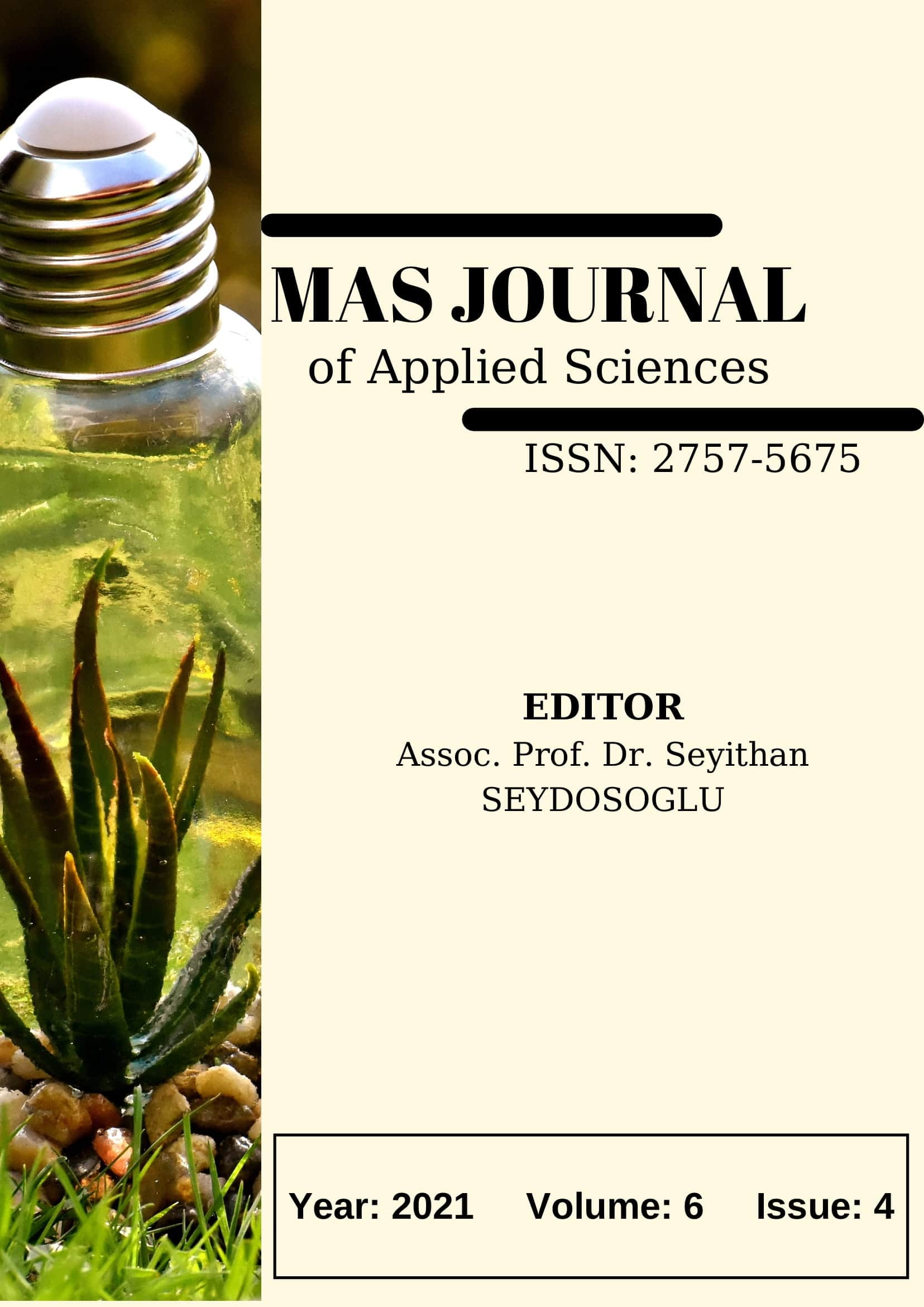Material Destroyed According To Light Exposure Times In Architectural Exterior Coverings
DOI:
https://doi.org/10.52520/masjaps.127Keywords:
Daylight, facade lighting, artificial light, paint fading, architecture, physical environmentAbstract
Facades, which are the faces of buildings and cities, are the elements that affect the city and the user with their designs. However, facade coatings do not remain as new as the first day they were made. The first important parameter here is the type of quality material used. Because light interactions occur due to the internal structure of the materials used in the facade cladding. The resistance of materials to daylight differs in terms of illumination level and duration. In international standards, there is a categorization as insensitive, less sensitive, moderately sensitive, and very sensitive materials. This study analyzed discoloration and physical variation in daylight for some of these materials. Accordingly, dark wood, light wood, paint, etc. A simulation program was used to measure the damage caused by exposure to light on the facade cladding of some materials. The color fading effect of light is due to parameters such as the continuity of the light and the high level of daylight. In the selection of materials used for facade cladding, stone, metal, composite metals and UV-resistant paint types that are insensitive to light or less sensitive should be used.
Downloads
Published
How to Cite
Issue
Section
License
Copyright (c) 2021 The copyright of the published article belongs to its author.

This work is licensed under a Creative Commons Attribution-NonCommercial 4.0 International License.


